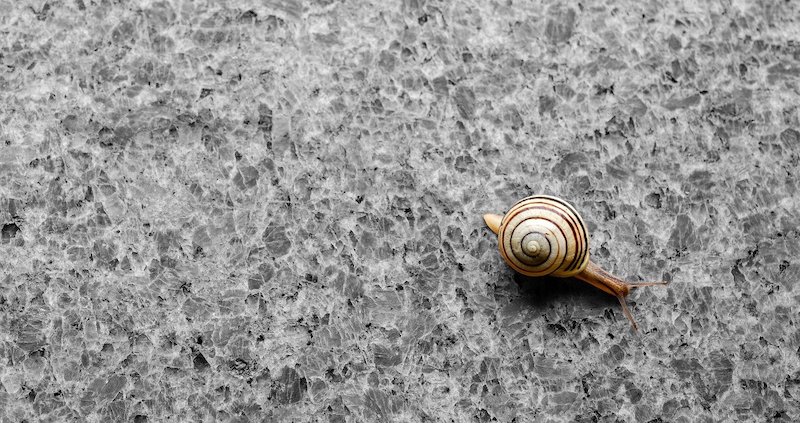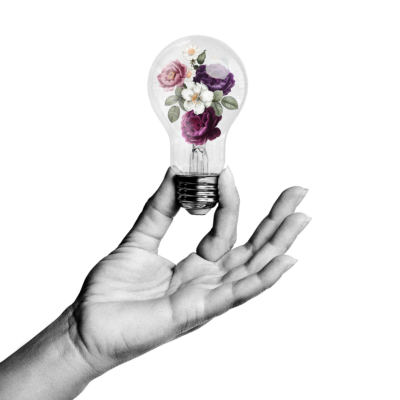Slow Flow

Creation Takes Time.
This is an age of faster, faster, more, more. At the latest since the advent of the internet, everything seems to be speeding up. Processes that took weeks a few decades ago now take only a few hours, things that in the twentieth century took hours now take place within minutes or seconds. You can get from A to B in less time than ever. The requirements on most of us for most of our work call for ever greater efficiency. We must not waste time. We must be quick.
Composing a story is a painstaking process. And yes, here at Beemgee we built our fiction tool in order to make the process of composing a story more efficient. We want to make it easier to organise a plot and determine the characters’ motivations – for the authors themselves, and for all the people communicating about the story, so between interested parties such as authors and their editors or screenwriters and producers.
But though we might want our authors’ efficiency to increase, let’s not kid ourselves. Composing a story is still a painstaking process. Because most of the time is spent thinking.
Thinking takes time. And that is mostly what plotting and outlining a story really is, thinking.
You’re thinking maybe about how to make the audience care about the fate of the hero. So Beemgee asks you, well, what’s at stake for your protagonist? You’re wondering why the ending you dreamed up doesn’t seem to quite hit the mark. When Beemgee asks you to define the difference between the character’s goal and her want, and you see there is none, that might inspire you to find a more surprising climax.
All Beemgee does is focus your thinking on certain specific aspects of your story. This applies wherever you are in the process, whether you have written a first draft already or your thoughts are pursuing an idea you just had under the morning shower.
So Beemgee helps you to look systematically at your creative ideas. But it doesn’t speed up your thinking.
Unconscious Decisions and the Flow
We have elsewhere looked at the different ways authors write fiction. Just as every author has their own way of writing, they have their own way of thinking about their story. And this way is unlikely to be fixed but will likely develop with time, practice, experience, and age. So there is no right or wrong process to compose a plot and develop characters.
Many ideas that turn out to be story elements seem to come out of the ether. Ideas aren’t conscious decisions.

Much of an author’s creativity springs out of intuition, talent, experience, and memories. Creativity and thinking about a story may to a large extent be pre-articulate, taking place in the mind not as words or clear cut concepts but as fleeting wisps of fancy or imagination.
Authors capture these. And then begins the painstaking, often laborious and time-consuming task of coercing, sculpting, beating and hammering them into shape. Of fitting them all together so that overall some magical construct appears: a narrative.
Hours, days, weeks, and months may pass filled with subtle adjustments, discarded ideas, rearranged inspirations. All to make the whole story spellbinding for the audience.
This is not a process that can be easily forced, that can be simply optimised into regular efficiency. This is creativity we’re talking about.
Authors may in a rush and flurry come up with brilliance, or struggle and wrestle to wrench something from that ether. They may get into that flow state, that tunnel-visioned conceptual focus. Or layer by layer, day by day, build up their world by the sweat of their brow.
But however the ideas are gathered, from wherever they spring, they must find their form in the story. Story is structure. And structure means order. That implies a taming of the wild side of an author’s creativity.
Quality, not Rapidity
Even if you’re writing to a deadline, you want your story to be good. You want your audience to react to it emotionally. The time and care you put into thinking about the story, developing the characters, shaping the structure of the plot, pay off when the audience responds by feeling the journey you planned for them.
So it pays to put as much effort into each aspect of your story as you do into formulating each sentence. The sentence conveys your story. What is conveyed should be at least as important to you as the way you convey it.
As a storyteller, your success rests on how well you manage to captivate your audience. The story is key to the success of your novel or movie. As a creator, you are probably more interested in making it good than making it quickly.
So the tools you use for greater productivity might encourage more quality than quantity. More taste, less speed. If you can, take the time to fashion your tale, craft your narrative, design your story, structure your plot. Pay attention to the details, don’t rush things.
We built Beemgee not so much to help you work faster, but to help you write better stories.
Header image by strichpunkt from Pixabay
Image by rawpixel.com
Take the time to develop your story:

